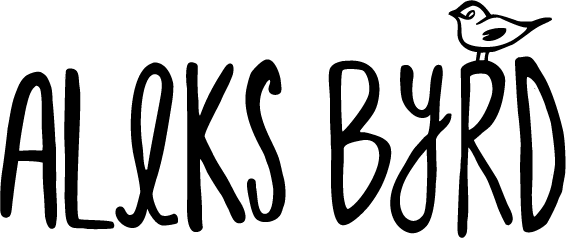Mapping the Landscape
I have loved Kate Davies blend of historical, traditional, and modern in her approach to knitwear design and designing books. She takes great care in creating and sharing a full picture of a location. In the process of developing her book Inspired by Islay, she brought together people of different fields of practice and knowledge to contribute and craft this broader cultural presentation of the isle of Islay. Davies describes this group of researchers and creators aptly with the methodology of mapping that I have come to use myself to unpack the information I have found.
I began to see our book as a collective act of map-making: together we were, in our own individual ways, tracing and articulating our own senses of Islay as a place.
One artist in this group is Jane Hunter who created a geological map of the island made of Harris Tweed.
Stitched geological maps of Islay created by Jane Hunter for the book Inspire by Islay by Kate Davies
As a textile designer I appreciate the use of a tactile medium to create a map of the landscape in which that material comes from and is of cultural significance. The act of creating a map by layering the cultural meaning connected and visualized by the Harris Tweed brings the concept of the cultural landscape into the often subjective and generally perceived notion of maps or geography being neutral. Davies mentions this connection in her discussion of Jane's methodology of map making,
So many maps (and maps of this area of Scotland particularly) falsely purport to be objective. There are maps of territory, of ownership; maps that convey an idea of island landscapes as barbaric or exotic, maps that, in rendering the Hebrides peripheries of a distant political centre, erase the important cultural specificity of island populations. Yet all such maps are fabrications: they all re-create a landscape through a series of imaginative claims. So I think it is significant that each of Jane’s maps allows you to see the process behind her acts of making-up, that the very movements of her hands can be perceived in the stitches.
Jane Hunter commissioned piece for North Ayrshire Council of the town of Irvine. The coloured threads represent the "global reach" of seven notable people whose names mark rooms in the townhouse where the commissioned piece will be exhibited.
Looking further into the work of Jane Hunter, I came across a commissioned piece she created for the North Ayrshire Council to hang in the renovated Irvine Townhouse in Irvine. What struck me about this piece and reading about Hunter's research into creating it was her tracing of cultural icons, people who have marked the cultural landscape of Scotland and this town, with embroidery onto of her stitched textile map. The coloured thread tracing lines trace the impact and reach of icons whose names grace rooms in the townhouse. This added layered element elevates a map of a town by giving it a sense of place culturally for the local population to identify with but also to the outside viewer who will want to uncover what those thread paths signify, educating them about the cultural landscape of Irvine but also the wider landscape beyond; Scotland. This layering of tactile lines has inspired me to look at my research and methodology of mapping differently. How do I visually show and unpack that knowledge I have gained about the various routes and reach of certain patterns? What would my map look like layering these paths on it? I think that exploring this idea of layering maps will visually unpack knowledge and illustrate the manner in which the "cultural landscape" is introduced to hybridity from interactions with other local cultures, trade routes lines, shown in context of structure from geography that gives a concept of scale with in a larger region.
References
Davies, K. (2017) ' Mapping Islay', Kate Davies Designs, 14 March. Available at: https://katedaviesdesigns.com/2017/03/14/mapping-islay/ (Accessed 3 December 2017)
Hunter, J. (2017) 'Irvine Townhouse : People and Place', Jane Hunter Art, 15 July. Available at: https://www.janehunterart.com/blogs/news/irvine-townhouse-people-and-place (Accesseed 3 December 2017)


